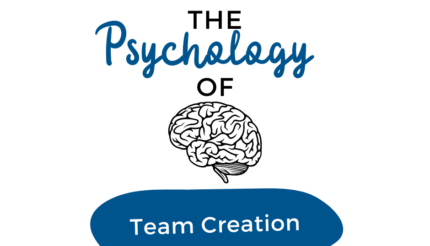Make the Most out of Meetings
Do you dread meetings? If so, why is that?
Many people do, for numerous reasons.
Consider for a moment those individuals who are quiet or shy, they too, dread meetings – but for potentially different reasons.
Imagine yourself in the following scenario…
You’re attending a lively meeting and you have an opposing viewpoint about the current topic but are reluctant to express it. Afraid, perhaps of being run over by the stronger voices in the group or intimidated by various other people in the room. You may feel tongue-tied due to a case of nervousness. At the end of the meeting, you leave…feeling resentful because you had something meaningful to offer, but couldn’t seem to offer it.
Others might say to you, “Well, why don’t you just speak up?”
But often, that’s easier said than done.
One of the responsibilities of the meeting facilitator is to maintain positive working relationships within the group.
With that purpose in mind, you as the meeting leader can use a variety of techniques to ensure that the more introverted members of the group have opportunities to contribute to the goals of the meeting.
Here are a few tips for empowering the quiet shy meeting participants:
- When sending out the agenda to the group, attach a note inviting the participants to contact you before the meeting with any questions, comments, or concerns. In this way, you’ve opened the door for those who would rather speak to you one-on-one. At the meeting, you can bring up any points that have been brought to you ahead of time and then give the originators of the ideas some “air time” if they so wish.
- During the meeting, divide the group into smaller work units for gathering ideas/opinions, brainstorming, evaluating, etc. Many people are more comfortable discussing issues and offering opinions to 2 or 3 people, than to a larger group.
- Where appropriate, gather ideas on paper. This separates the ideas from the authors of those ideas and gives equal weight to each item. It also reduces the influence of the stronger voices and empowers the weaker ones – levelling the playing field.
- Ensure decision-making is a process that involves the entire group. It’s often easy to mistake a few loud voices for whole group agreement. Give everyone in the room the opportunity to vote; by providing ballots or asking for a show of hands.
- You may wish to position the quieter or more shy members directly across from where you’ll be sitting. From that location, they can easily catch your eye when they have something to say.
As you implement these techniques, you’ll be contributing to the future success of the group.
By empowering those “less-heard-from” participants, you’ll be helping them become stronger contributors to the group, and more importantly – feel good about themselves and their contributions to the team.
Consider the chain reaction that will follow… more contributions, richer discussions, better decisions, and better results.
What effect would that have on your team?





